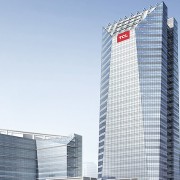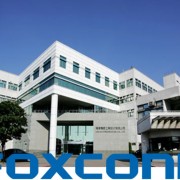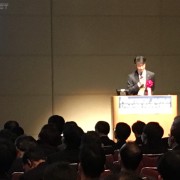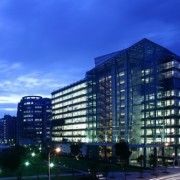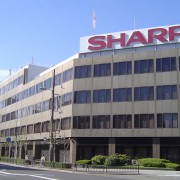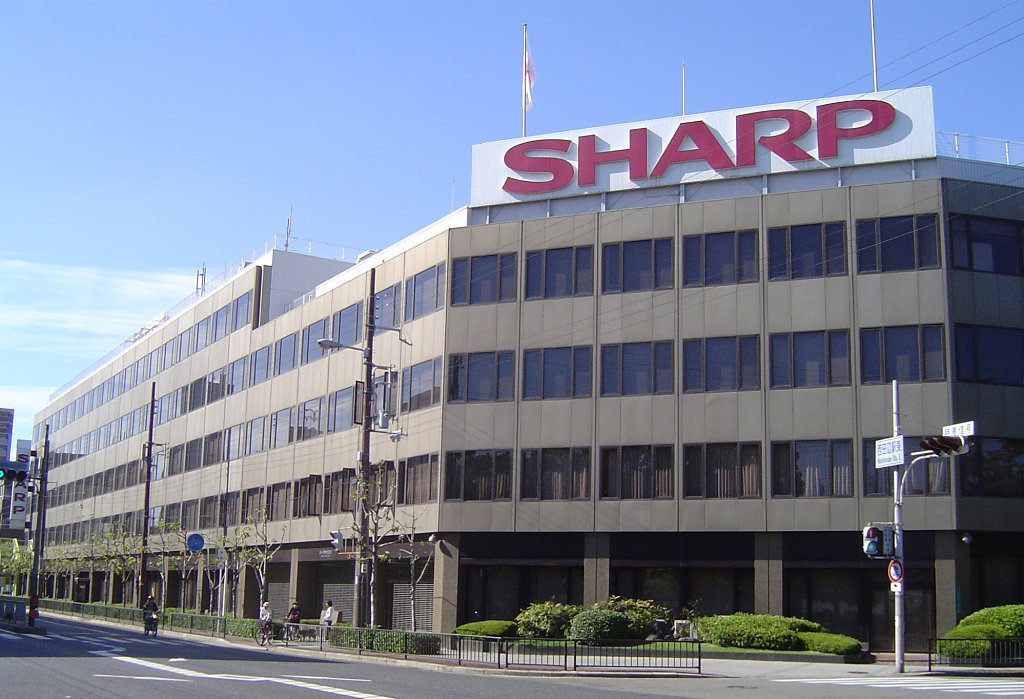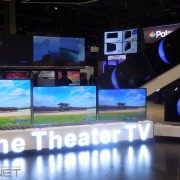“CSOT Invests 7,740 Million USD in Gen11 LCD Line Construction”
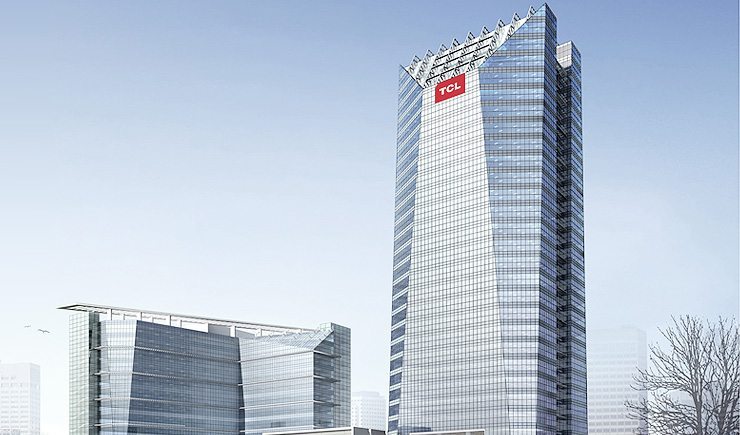
TCL Corporation Which Includes CSOT(Source=TCL)
Hyunjoo Kang / Reporter / jjoo@olednet.com
Chinese media reported that CSOT (China Star Optoelectronics Technology) is planning to invest $ 7,740 million in constructing Gen11 TFT-LCD panel mass production line.
According to the Chinese media, this company is planning to establish the Gen11 LCD mass production line in factory located in Shenzhen, south of China. The line is for 45 inch and 66 inch large area panel for TV. This mass production that CSOT is newly building is known to produce 3000mm x 3000mm or larger using glass substrate, and cut in 18 different sizes with the highest cutting efficiency of 97%.
Of Chinese panel production companies, CSOT has the second highest market share after BOE. At present, CSOT is operating Gen8.5 mass production line for large area panel and Gen6 LTPS line for small to medium-sized panel in Wuhan area in China. It also intends to establish another small to medium sized OLED panel mass production line for smartphone and tablet in Wuhan this year.
Higher the Generation of the line, it is more advantageous for large area panel production. If BOE completes Gen10.5 line construction, and CSOT Gen11 line, this means China is equipped with superior price competitiveness within large area LCD panel sector such as 60 inch panel for TV. Accordingly, the trend of LCD panel market leadership transference from Korea to China looks to be accelerated.
In fact, Korean key display companies, including Samsung Display and LG Display, only possess, at maximum Gen8 mass production line manufacturing equipment. Many display experts estimate that due to the supply of LCD pouring out from China, Korean display companies will record deficit in Q1 2016.

